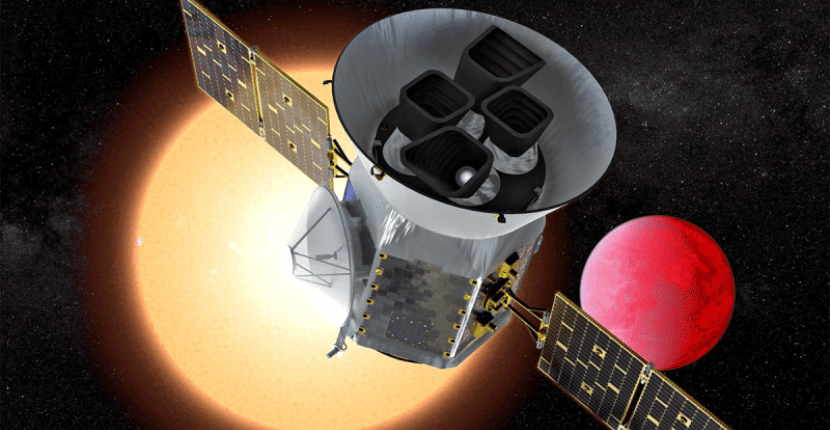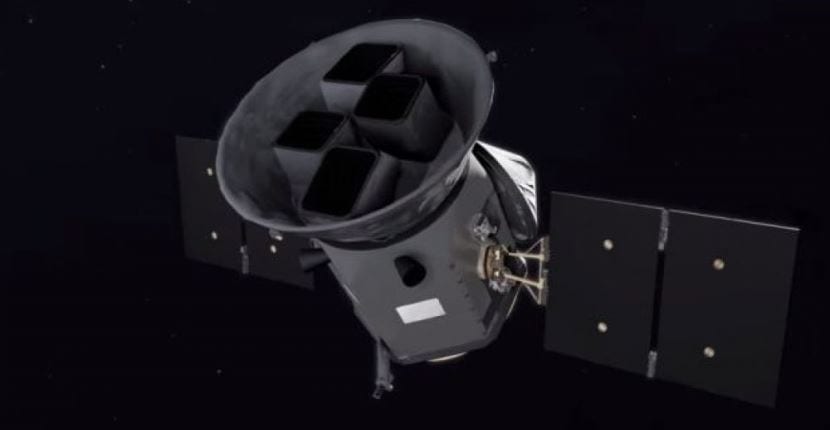
A few months ago we discovered the ending that awaited Kepler, a telescope that during its long life has helped us to know and reveal many secrets of space. Curiously and due to the limitations that the telescope lacked during its last phase, in which several of its thrusters no longer worked and did not allow it to stabilize, something that made the researchers use it to discover new planets.
Precisely due to the enormous work carried out by Kepler in recent years, thanks to which thousands of new exoplanets were discoveredIt is not surprising that now NASA has decided to create a new probe that will serve to take over from this one. As expected, the new probe, baptized with the name of Tess, has been equipped with the necessary instruments to carry out this specific mission, which, as is logical, the Kepler space telescope lacked.

Kepler has helped us learn about the existence of more than 4.000 exoplanets
As a reminder, tell you that Kepler was launched into space in 2009. Since then the space telescope has helped us to know about the existence of more than 4.000 unknown exoplanets until that moment. Unfortunately only a fairly small number of these exoplanets are in the habitable zone. One of the most interesting points that Kepler has taught us is that in outer space there are many planets that are still unknown because they are too small and the transit in front of their stars is not perceptible with the instruments available to the telescope.
Despite that Tess It can be a pretty nice name, the truth is, and as is often the case with all space probes, it is nothing more than the acronym for a name much longer and difficult to remember. As a detail, tell you that the real name of this probe is none other than that of Transiting Exoplanet Satellite Survey and, its main mission is to search for new planets beyond the Solar System.
Tess's mission is much more complex than we can imagine
In order to carry out this mission, the probe will dedicate itself throughout its useful life to analyze the almost imperceptible variation in the brightness of a star. This variation occurs just as an exoplanet passes in front of a star. At this particular point in Tess's mission, as you may be thinking right now, it is no different from the one carried out by the Kepler telescope.
In order to detect the presence of new planets, improving Kepler's results, the new probe has been equipped with four cameras with an angle of about 24 degrees, approximately the width of the constellation Orion. Thanks to this technical gift, the probe will have to investigate no less than 20 million stars, specifically the ones closest to Earth. Thanks to this research, once the end of the probe's useful life has reached, The creators of Tess hope to have been able to find some 20.000 new exoplanets of which they calculate only 500 could be similar to Earth.

NASA has invested 200 million dollars in the creation and manufacture of Tess
To carry out the project, NASA has had to make an investment of about 200 million dollars, a price that may seem too high but, if we put it in perspective, it is much more affordable than we can imagine, especially if we take into account that to get Kepler into orbit, some 650 million euros had to be invested. Dollars.
It is expected that Tess can be put into orbit next April 16, the date on which a SpaceX Falcon 9 rocket is scheduled to take off with the probe on board. By way of detail, tell you that Tess will orbit the Earth halfway between it and the Moon. The first part of the mission will last two years.